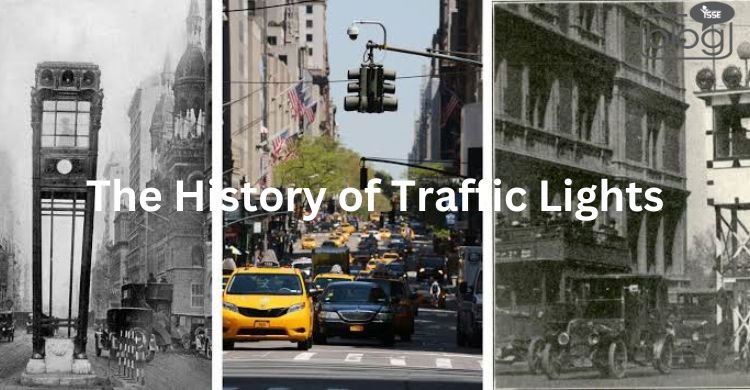The traffic light is only one of many once-valuable features of modern life that we have come to take for granted for ages. A traffic light is a signal that uses flashing red, yellow and green lights to regulate the movement of vehicles. Ever since its invention, the traffic lights have saved many lives and avoided unwanted accidents from occurring. This blog is focused on the history of Traffic Lights which efforts to portray the invention and the evolution of traffic lights on streets.
Gas-Operated Device: London introduced the first traffic light on December 10, 1868. Parliament Square in London got a traffic signal on this date. It had two moving signage. Each had lever-controlled arms. Gas-lit semaphores illuminated the top. It lasted two months. The police officer controlling the gadget died when it exploded.
Wire’s Bird Cage: In 1912, Lester Wire led the Salt Lake City traffic squad. He invented the electronic traffic light. First was a pitched-roof wooden box. All four sides have red and green lights. Wire-painted lights are red and green. Then, his device was put on a 10-foot pole. Trolly automobile electrical lines connected it. Roadside cops operated the equipment. It was called “Wire’s Bird Cage” because of its appearance. He constructed his next model from a railway engine smokestack. The system worked. Before being recruited into World War I, Wire considered patenting his gadget.
Municipal traffic control system: Cleveland’s streets were chaotic in 1913. Cleveland engineer James Hoge hoped to solve it. He patented a Lester Wire-like gadget. He used railroad red and green signals. Hoge also used trolley line electricity. He patented the first municipal traffic control system. August 5, 1914, saw the first official electric traffic light. Cleveland, Ohio, Euclid Avenue at 105th Street. Two lights above the road and a policeman in a sidewalk booth greeted drivers entering this juncture. The policeman controlled signals by turning switches.
Three-Position Traffic Signal: A newspaperman named Garrett Morgan patented a three-position traffic signal in 1923. His invention added a traffic position between “stop” and “go.” It controlled how cars crossed intersections more safely than older signals. The device was a T-shaped pole that had three levels. The device warned drivers to be careful at night. Morgan sold General Electric his device patent for $40,000.
Automatic Timers: Automatic timers began controlling traffic lights in 1922. Most cities preferred this because replacing a traffic officer saved money. New York lost 6,000 traffic officers to 500. Traffic lights required computers in the 1950s. In 1967, Toronto was the first to employ vehicle-detecting computers. Telephone lines controlled most city signals.
By the 1930s, all American cities and many small towns had electric traffic signals. It was a global trending innovation. Traffic signal success was obvious. From 1914 to 1930, US motor vehicle fatalities dropped almost 50%. Electric traffic signals eventually symbolized modern technology. Approximately 26 million traffic signals are in use every day in the United States.
To read more blogs, click here.
Writer:
Muhammad Mahadi Hasan
Intern, Content Writing Department
YSSE

